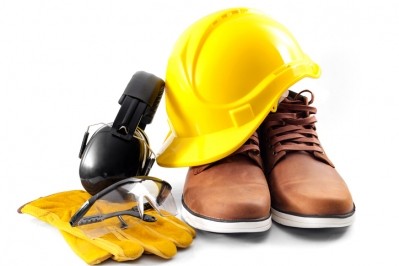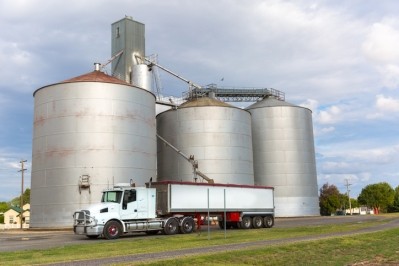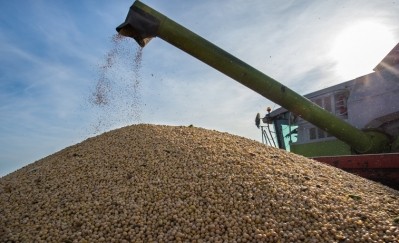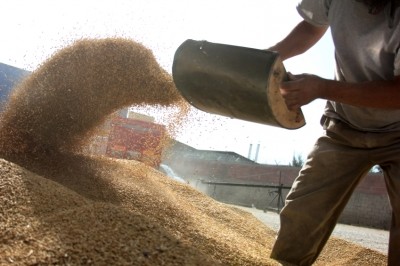'Suffocation by engulfment is a leading cause of death in grain storage bins' - OSHA
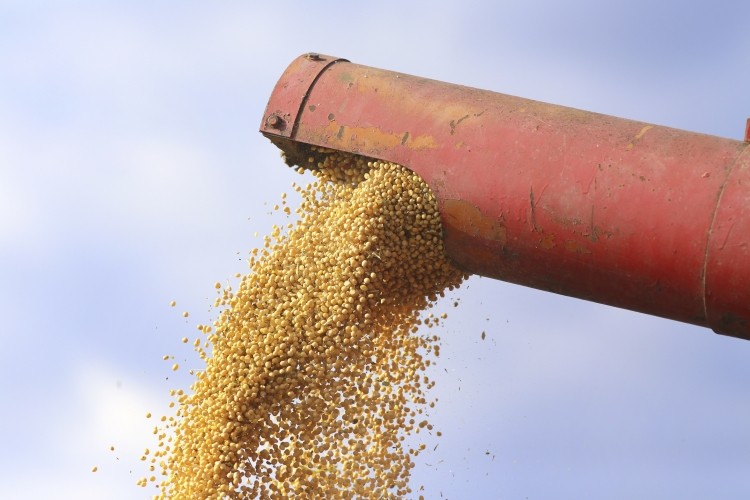
So far this year there have been 11 fatalities linked to the grain handling industry in the US, the agency reported. These include six instances of engulfment, two crushing incidents, two times when people were struck by something and one where a person was caught.
The agency is reminding feed grain handlers of hazards and the potential for engulfment in grain if proper steps are not taken, said Brian Drake, assistant regional administrator of enforcement programs with OSHA in Region VII. “Protecting employees from all hazards is a priority, but suffocation by engulfment is one which occurs most often this time of year, when employees are going into grain bins for cleanout in preparation for the fall harvest,” he added.
“All grain flows or moves within a grain bin, and moving grain acts like "quicksand" and can bury a worker in seconds,” he told FeedNavigator. “Suffocation by engulfment is a leading cause of death in grain storage bins.”
However, the potential for suffocation is not the only area that can generate risks for employees working with feed grains if safety steps are not taken, he said.
Other potential hazards to be mitigated include, fire or explosions caused stemming from the collection of grain dust, injuries from being crushed, amputations and falls from unguarded heights.
Safety with grain
“These preventable incidents happen to employees of all ages and length of experience within grain handling, not just those new to the industry,” said Drake. However, the risk can be reduced if procedures are followed, he added.
Currently, OSHA is running local emphasis programs regarding improving the safety of grain handling and facilities dealing with grain or feed in 25 states.
There is an eight-point plan to improve safety for those working with feed or grains, said Drake. Steps including making sure that all powered equipment, like augers, has been turned off and locked out before entering a grain bin; ending the practice of walking down grain; giving all those entering a bin a safety harness and making sure both that there is an observer and that the watcher has the needed equipment to help in an emergency.
“Train all workers for the specific hazardous work operations they are to perform when entering and working inside of grain bins,” he said. “[And,] test the air within a bin or silo prior to entry for the presence of combustible and toxic gases, and to determine if there is sufficient oxygen.”
Any such gases should be vented, he said. Also, a permit system can be used to ensure that all safety practices are completed before a bin or silo is entered.
Not all grain or feed facilities in the US are regulated by OSHA, but safety practices work for both types, said Drake. Additionally, anyone has the ability to get more specific workplace safety information from the agency.
“Any employee should always follow their instincts, and if it doesn’t feel right then it probably isn’t,” he added.
